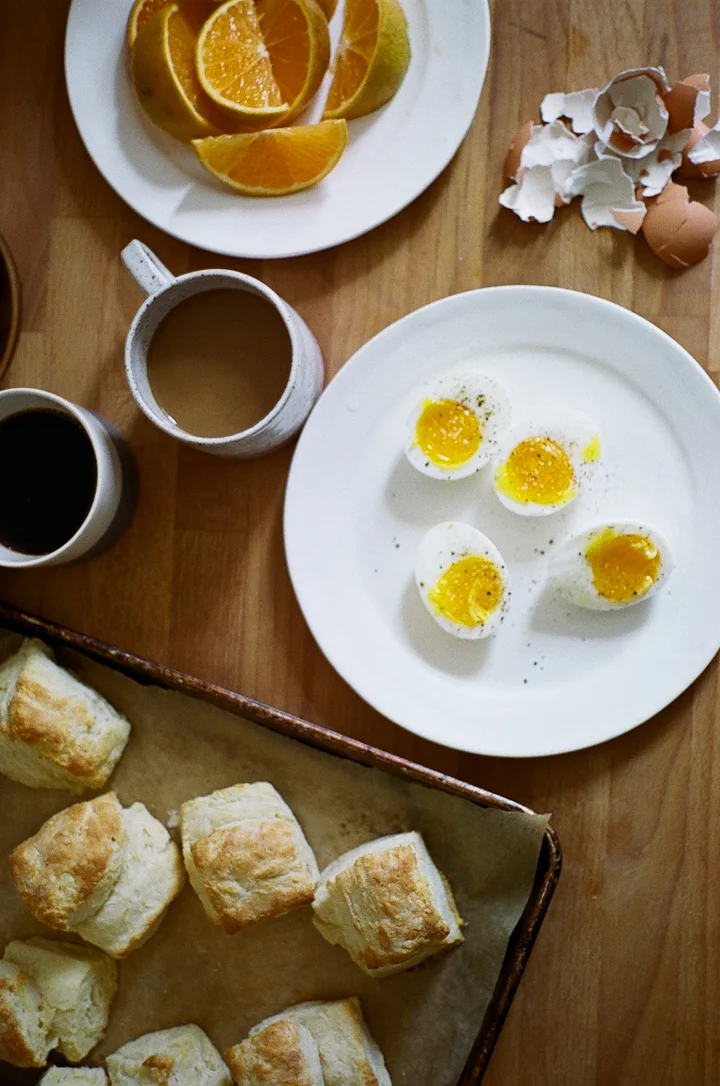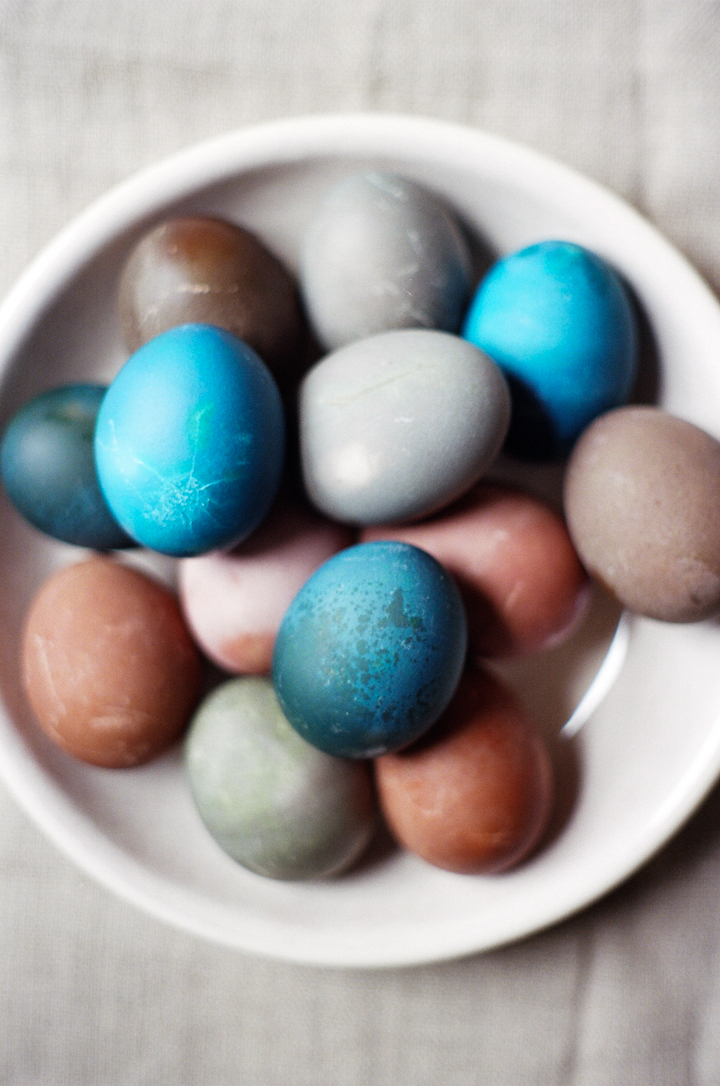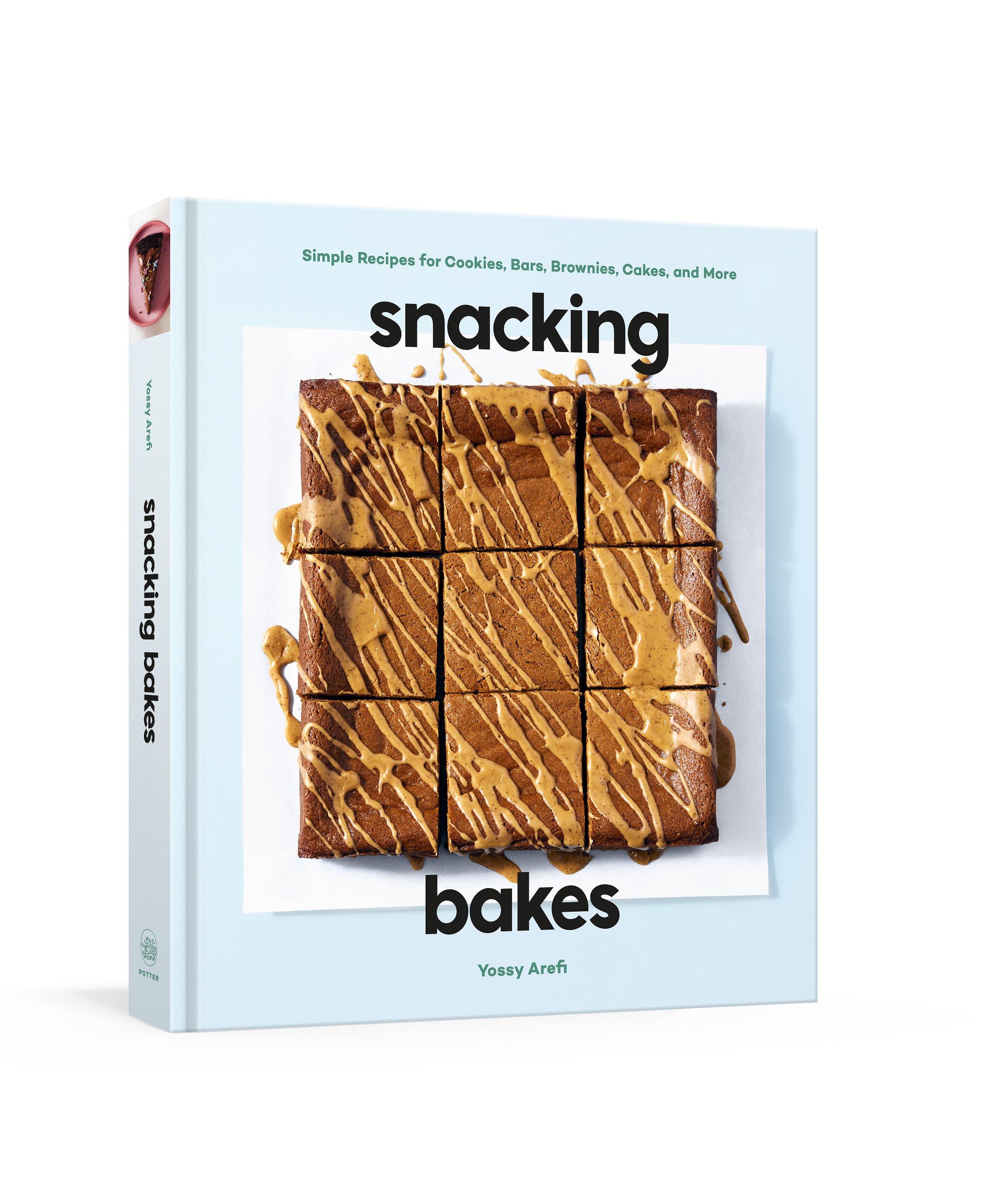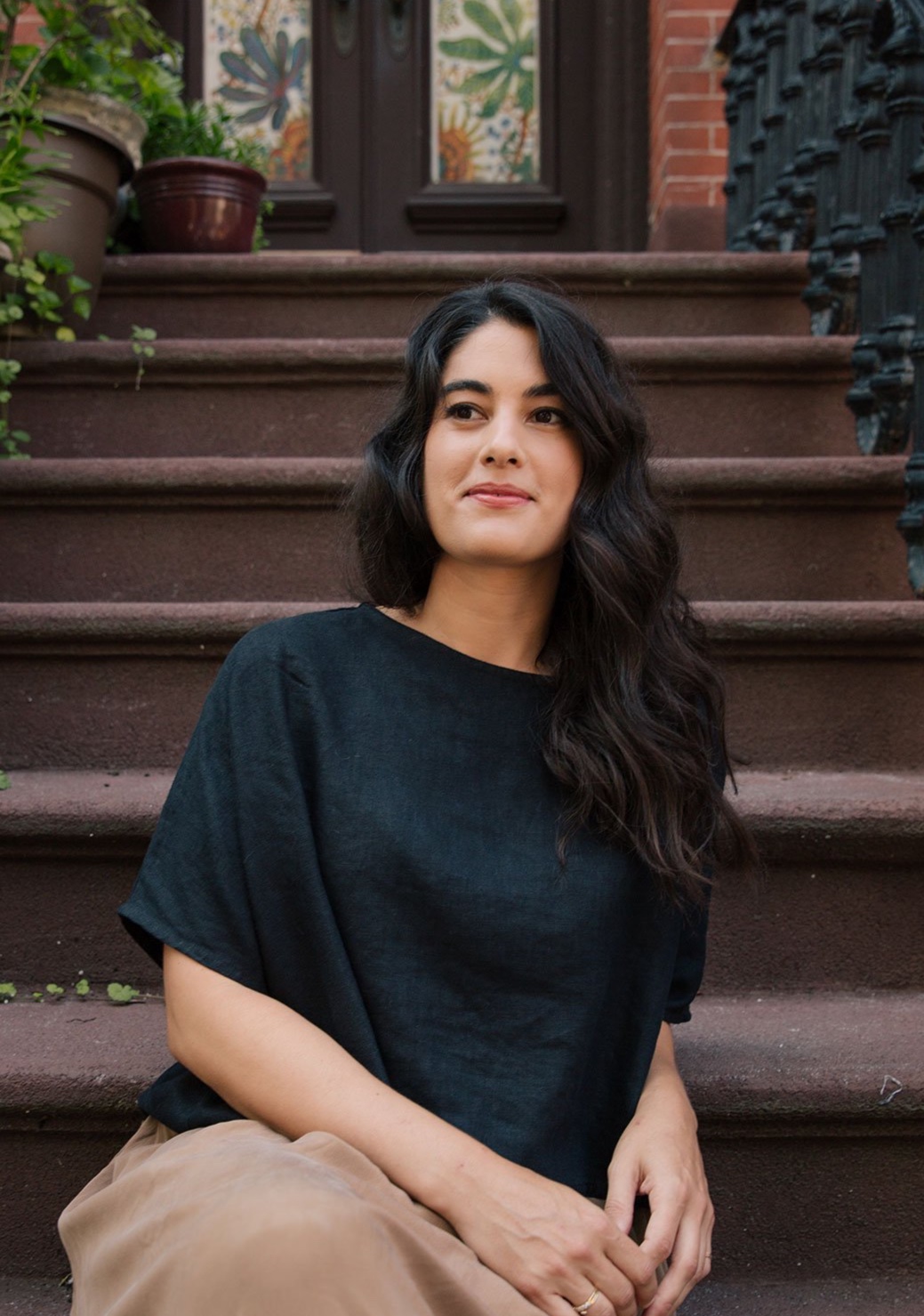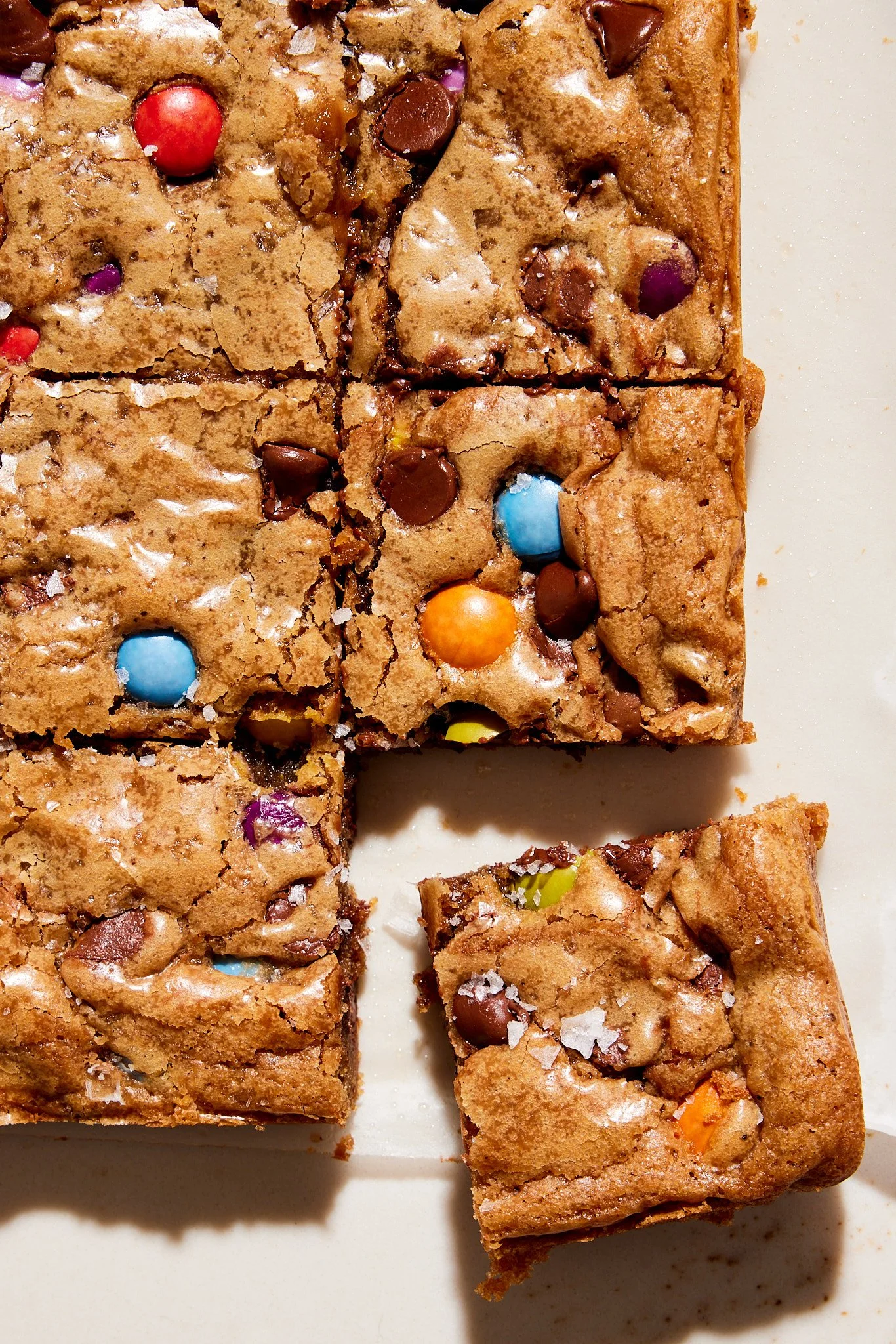Flaky Ricotta Biscuits
/These biscuits are kind of a happy accident, born a couple of Sundays ago from an extreme desire for something buttery and carby to eat with breakfast and a complete lack of any sort of milk, buttermilk, or yogurt in the house. However, there was half of a tub of ricotta (that hadn't yet gone moldy) hiding in the depths of the fridge that I had forgotten about. I quickly searched around for a ricotta biscuit recipe and surprisingly came up pretty empty handed, but decided to go for it anyway. Dairy is dairy, right? The results were pretty fantastic: flaky rich, and tender with a wonderfully dramatic height thanks to the folding technique in Tara O'Brady's new cookbook: Seven Spoons (which I am going to share a recipe from soon!!) Dare I say that they are just as good as any buttermilk biscuit I've ever had? Give them a try and let me know what you think.
A little note about the eggs for those who are interested: I made them using this method that I recently learned about from a food stylist. I cook them for 7 minutes and it makes the most perfect, custardy, EASY TO PEEL, eggs ever. Bless.
Flaky Ricotta Biscuts
makes 8 small biscuits
Recipe adapted from Serious Eats, folding technique from Tara O'Brady's Seven Spoons Cookbook
4 ounces unsalted butter, cold and cut into roughly 1/2-inch cubes
1 1/2 cups (7.75 ounces) all purpose flour
2 teaspoons baking powder
1 teaspoon kosher salt
1 cup (8 ounces) whole milk ricotta (use the good stuff)
1 large egg
heavy cream for brushing the tops (optional)
Preheat oven to 425ºF and line a baking sheet with parchment paper.
In a large bowl whisk the flour, baking powder, and salt together. In a small bowl, whisk the ricotta and egg together.
Add the butter and toss to coat with flour. Use your fingers or the palms of your hands to press each cube of butter into a flat sheet. Toss the butter in the flour as you go to ensure each butter piece is coated with flour. When finished, you want pieces of butter from the size of lima beans to quarters.
Make a well in the center of the flour mixture and add the ricotta/egg mixture. Use a fork to gently stir until most of the flour is moistened. It's okay if there are some dry spots, it's best not to over mix at this stage.
Turn the dough out onto a lightly floured surface and pat it into a rectangle about 3/4-inch tall. Fold the dough in half, turn it 90 degrees, and again, pat it out into a rectangle. Dust the surface of the dough with flour and repeat this process 4 more times, folding, turning, and flouring the dough lightly.
Use a sharp knife to cut the dough into 8, even squares. Make sure to press straight down on the knife to make clean cuts rather than using a sawing motion. The clean cuts will help the layers of dough rise and puff evenly.
Arrange the biscuits on a baking sheet, a couple of inches apart and brush the tops with heavy cream. Bake the biscuits for about 15 minutes or until golden brown and cooked through. Enjoy warm with more butter, honey, and a sprinkle of flaky salt if you like.


